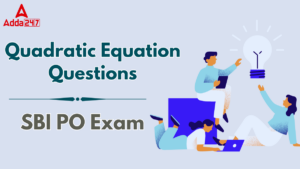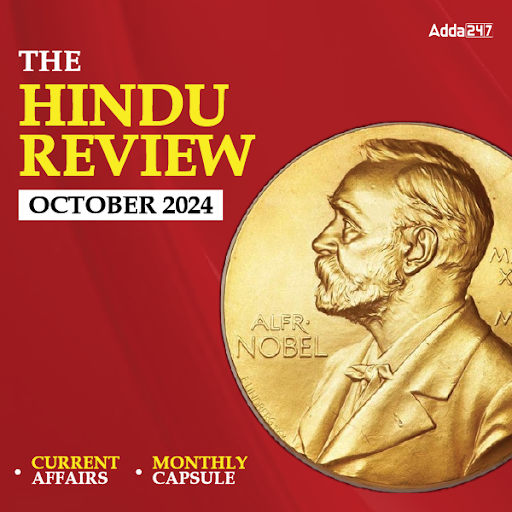Q2. In every month Ravindra consumes 25 kg rice and 9 kg wheat. The price of rice is 20% of the price of wheat and thus he spends total Rs. 350 on the rice and wheat per month. If the price of wheat is increased by 20% then what is the percentage reduction of rice consumption for the same expenditure of Rs. 350? Given that the price of rice and consumption of wheat is constant:
(a) 36%
(b) 40%
(c) 25%
(d) 24%
(e) 30%
Q3. One day Raju an egg seller purchased some eggs at the rate of 3 eggs for a rupee and again he purchased equal number of eggs at the rate of 6 eggs for a rupee. Next day he sold all the eggs at the rate of 9 eggs for Rs. 2. What is his percentage profit or loss?
(a) 10% loss
(b) 11.11% loss
(c) 3% loss
(d) 2.5% profit
(e) 9.99% loss
Q4. Satish invests Rs. 35,500 in a scheme which earns him simple interest at the rate of 15 p.c.p.a. for two years. At the end of two years he reinvests the principal amount plus interest earned in another scheme which earns him compound Interest at the rate of 20 p.c.p.a. What will be the total interest earned by Satish over the principal amount at the end of 5 years?
(a) Rs. 30,956.80
(b) Rs. 35,017.20
(c) Rs. 43,597.20
(d) Rs. 44,247.20
(e) Rs. 46,245.80
Q5. Mr. Duggal invested Rs. 20,000 with rate of interest at 20 p.c.p.a. The interest was compounded half yearly for first year and in the next year it was compounded yearly. What will be the total interest earned at the end of two years?
(a) Rs. 8,800
(b) Rs. 9,040
(c) Rs. 8,040
(d) Rs. 9,800
(e) Rs. 8,420
Directions (Q6-10): What approximate value should come in place of question mark (?) in following problems?
Q6. (29.989% of 4530.11) – (22.04% of 4599.99) = ?+ 125.99
(a) 289
(b) 296
(c) 278
(d) 221
(e) 323
Q7. 14.95% of 679.98 + 19.9% of 219.89 =?
(a) 116
(b) 146
(c) 165
(d) 176
(e) 85
Q8. 820.01 – 21 × 32.99 +? = 240
(a) 105
(b) 173
(c) 113
(d) 234
(e) 143
Q9. 8537.986 – 2416.005 – 221.996 =?
(a) 6500
(b) 5900
(c) 4300
(d) 3900
(e) 5050
Q10. 2489.99 ÷ 9.97 + 54.94% of 279.95 =?
(a) 373
(b) 445
(c) 507
(d) 302
(e) 403
Directions (11-15): The following pie chart and table show the percentage distribution of ‘D’ grade employee and percentage of employees who have higher education in them respectively in five different departments of central government. Study the graphs carefully and answer the questions that follow:
Q11.What is the difference between number of employees in Home Ministry and MHRD who do not have higher education?
(a) 701
(b) 710
(c) 712
(d) 720
(e) 705
Q12. What is the ratio of number of employees in Defense Ministry who have higher education to the number of employees in MHRD who do not have higher education?
(a) 5 : 11
(b) 15 : 7
(c) 7 : 15
(d) 11 : 5
(e) 7 : 13
Q13. Find the average number of employees in Home Ministry, MHRD and Social welfare together who have higher education.
(a) 16,660
(b) 14,066
(c) 16,460
(d) 16,046
(e) 15,046
Q14. Number of employees in Home Ministry who do not have higher education is approximately what percent more or less than the number of employees in Defense Ministry who have higher education?
(a) 118%
(b) 108%
(c) 114%
(d) 120%
(e) 124%
Q15. If 25% employees who have higher education in Defense Ministry, MHRD and Irrigation Department together got promoted, then find the total number of employees who got promoted in these departments together.
(a) 9,055
(b) 9,575
(c) 9,755
(d) 10,508
(e) 10,050
You may also like to Read:






 Quadratic Equation Questions for SBI PO ...
Quadratic Equation Questions for SBI PO ...
 Simplification Questions for SBI PO Exam
Simplification Questions for SBI PO Exam
 Probability Questions for Bank Exams
Probability Questions for Bank Exams




